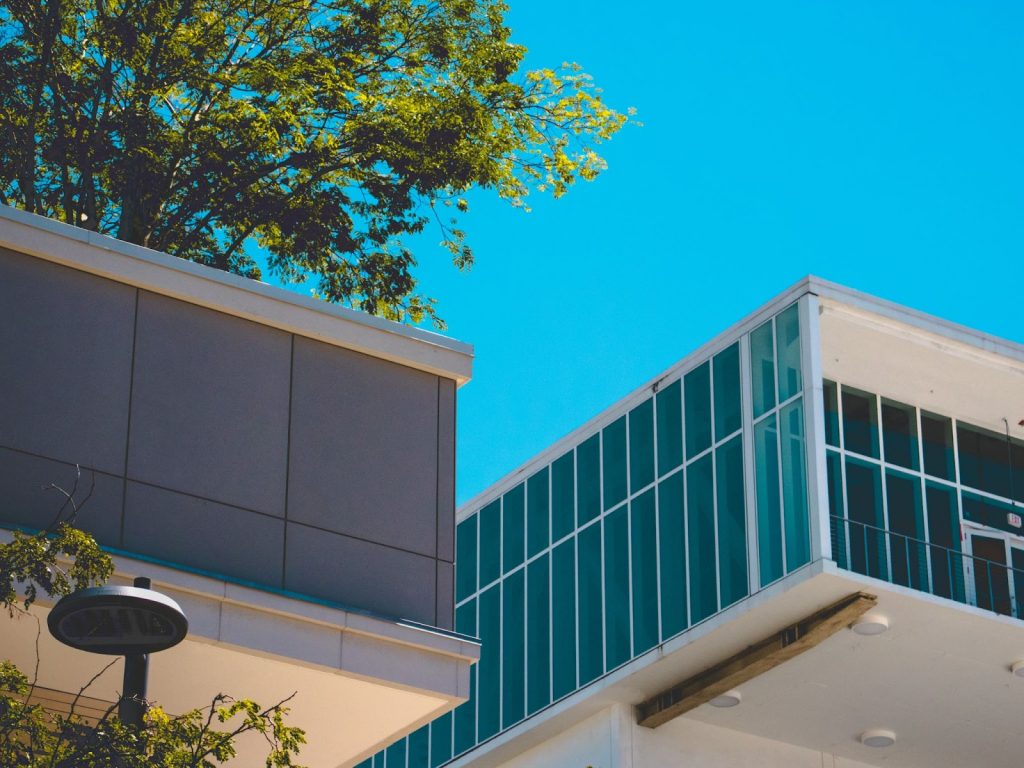If you’re designing your building, you can easily install a security system to protect your building from the most common physical and cyber security threats.
Over 70% of surveyed businesses stated they are vulnerable to the risks posed by tailgating into the premises. What are the best security options to consider when designing your building to prevent these common security threats?
Keep reading to find out how you can reduce your building’s vulnerability. This guide will fill you in on the best security features to consider in your building planning process.
What Are The Security Considerations For Building Design?
Security is one of the critical design elements that architects and building inspectors focus on, identifying the need for easy access, evacuation points, circulation, and fenestration. This list will cover some of the essential security considerations your plans must address.
69% of IT and security professionals feel their office isn’t as secure as it should be after reading news headlines. You can provide your security staff with more protection in your building plans by considering these security factors.
Your Building’s Specific Vulnerabilities
Your building will be in a location with its unique security considerations. Your unique location means you need to be aware of the risks associated with your building’s site to provide earthquake or flood safety, for instance.
You will also need to consider the vulnerabilities of the design of your building. Too many access points might identify the need for a further turnstile section or a set of locked doors.
The design of your building should facilitate security measures rather than security acting as an afterthought. So, think about both the location and layout of your building to factor in all vulnerabilities you must address.
Planning Your Security Features
Your building’s design should promote the feeling of safety for all users, visitors, and employees. To achieve this, you will need to plan and prioritize a future-proof commercial security system that will promote a safe culture in the building. These features include:
Access Control
Your building design plan should facilitate the installation of access control. It promotes a feeling of safety for occupants without added inconvenience. Touchless access systems grant access remotely via mobile phones. Depending on the frequency of the door locks, occupants can enter without removing their phone from their pocket. This way, you can manage access via the entry and exit points to prevent unauthorized access.
Zoning
Zoning uses internal access restrictions to control the flow of movement within the building. To prevent congestion, access to certain rooms and areas can be restricted. Employees or occupants can access the spaces they need and will be locked from rooms they cannot access. Limiting access can prevent internal security breaches.
Visibility
You should map your building’s design plan with details regarding the placement of video feed cameras for security. You should plan the placement of your cameras to leave no areas of limited visibility. A complete security camera system will allow you to view security incidents that need addressing. The system can also be integrated with access control so that access logs and video camera feed will be accessible over one interface.
Cloud Security
Rather than installing a traditional on-premise physical access security system, you should consider a cloud-based system and determine which one is best to meet your specific security needs. Cloud access security allows for the remote management of door locks and enables the system to update automatically through the internet. Diagnostics and maintenance tasks will be simple and easy.
Alarms
The plans and designs for your building should also provide information on where you will install fire and security alarms. You should also develop an evacuation strategy. Alarms can be integrated with the rest of building security to allow for remote access to alarm information and remote alarm deactivation for false alarms.
The Benefits Of Security Building Design
The benefits of designing your building to facilitate the installation of security features include:
- Occupants will feel safe in your facility without inconvenience.
- You will be less vulnerable to tailgating.
- You can manage internal access.
- You will be able to resolve incidents of misappropriated access quickly.
- Your camera feed and entry logs will be on one interface.
- You will be able to manage your security system remotely.
Summary
If you’re designing your building, keep these security installations in mind to facilitate the smooth operation of a security system that will be user-friendly and housed on one interface for ease of access. The operation of your building’s security will depend on security considerations throughout the design phase.

